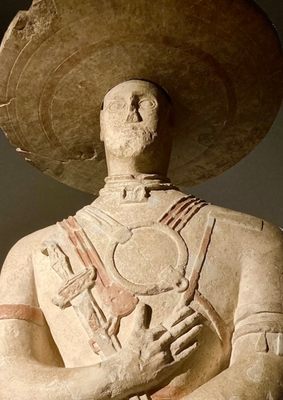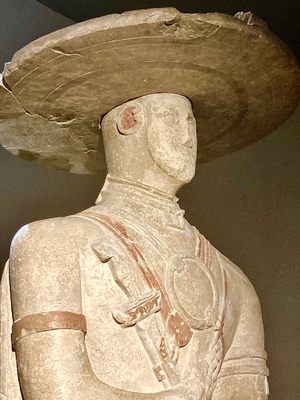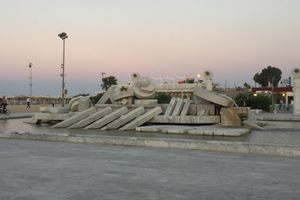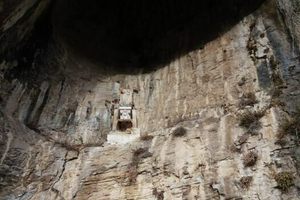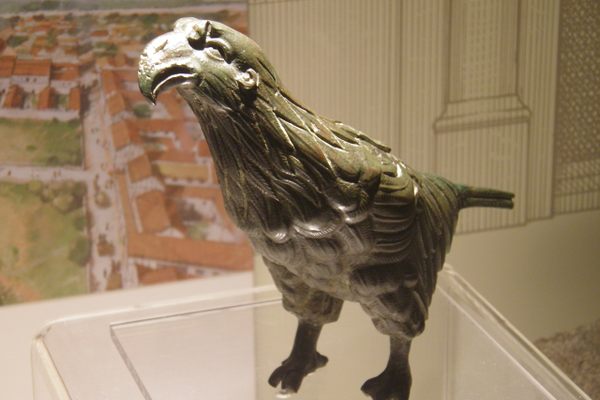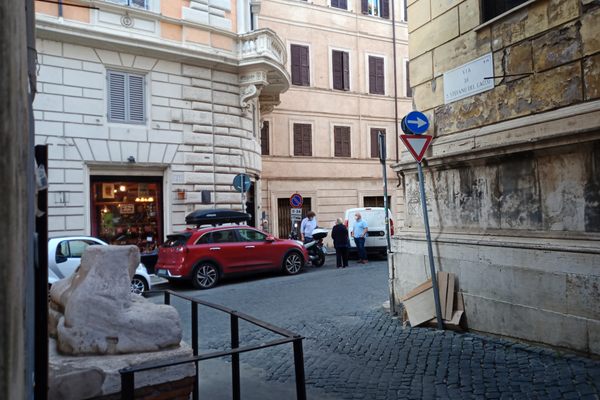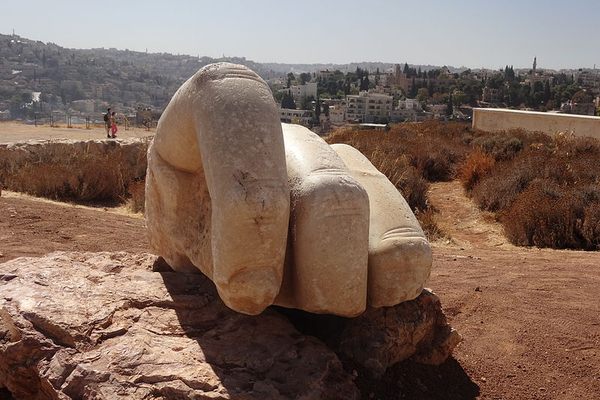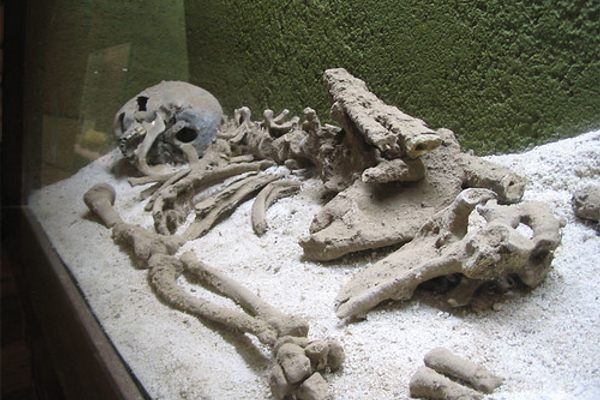About
Accidentally discovered in 1934, this mysterious statue is unanimously viewed as the most important relic from early Italic civilizations in Abruzzo.
During some construction works on a farmland area near the town of Capestrano, several relics which suggested the presence of a necropolis beneath the site were discovered, and among these, a mysterious statue broken in two pieces caught the attention of archaeologist Giuseppe Moretti, and it was not long before he realized the importance of the find .
As it happened, the statue dated to early 6th century BCE, belonging to the ancient Piceni population (a civilization that flourished in the northeast central Italy during the time). It was made using local stone and marble and measures 201cm tall with a massive stone base underneath its feet and two vertical struts keeping the figure in place. Traces of colors suggest that the statue was originally entirely painted.
The statue served a funerary purpose, portraying a human figure in the act of attending his own funeral, and it features a strong, athletic human body adorned with his own belongings. While the body is somewhat rough and sketchy, the items, the weapons, and the armor are all very detailed. The sword is decorated with animal figures while a dagger and a small axe are also held in the figure's arms. The armor, consisting of a round plate, is tied to the chest by belts over a decorated tunic, and what at first sight seems to be a Mexican sombrero on his head, is, in fact, a large crested parade helmet. The mask on the face could be either part of the helmet or a funerary mask, custom imported from the Mycenean tradition. The side posts also bear carved spears into them. The ornate ornamentation has led researchers to assert that he was a warrior, a nobleman, and a leader.
The inscription at the base of the left strut not only confirms this theory, but also brings us what seems to be the first dedication to an artist in history. A rough translation (still under revision) reads as,"Me, a beautiful image made Aninis (the sculptor) for King Nevio Pompuledio."
With his intimidating and unsettling appearance, his mysterious backstory, and the staggering amount of craftsmanship, the Warrior of Capestrano is one of the most suggestive and fascinating relics of early Italic history. It is now held in a separate room designed by artist Mimmo Palladino in the beautiful Villa Frigerj in Chieti, the main site of the Museo Archeologico Nazionale d'Abruzzo (National Archaeology Museum of Abruzzo).
Related Tags
Flavors of Italy: Roman Carbonara, Florentine Steak & Venetian Cocktails
Savor local cuisine across Rome, Florence & Venice.
Book NowCommunity Contributors
Added By
Published
August 4, 2014








